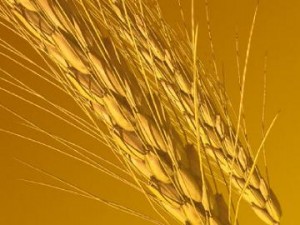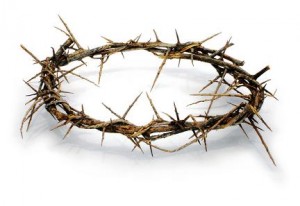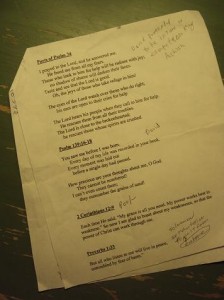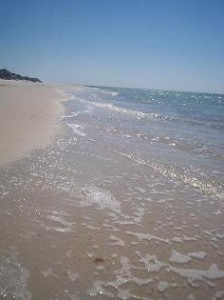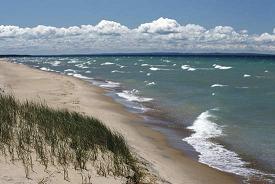Back in the eighties when our family vacationed regularly on Sanibel Island, we spent many an Easter weekend in this tropical paradise. As I think back, one particular Good Friday stands out as exceptional.
My folks were with us, and Mom was a champion at finding new ways to teach old truth. We had five children at the time, and rather than find a church and clean everyone up to attend a Good Friday service, she proposed a new idea. “Why don’t each of us head outdoors and hunt for something that represents Good Friday. It can be anything you want but has to be something you find. Later we’ll sit together and listen to the explanation of each item.”
And off we went in all directions, hunting for the elements of the crucifixion story on the beach or in the bushes of Sanibel. Our church service, held later at the dining table in our rented condo, was creative and meaningful. Everyone participated, and there were no duplicates of items found.
One person brought grasses braided into a whip, signifying the beating Jesus suffered. Another found a piece of driftwood, which he explained represented the cross Jesus was nailed onto. Dad went deeper with a stalk of sea wheat and an explanation of John 12:24, “Unless a kernel of wheat falls to the ground and dies, it remains only a single seed. But if it dies, it produces many seeds.”
One of the boys brought a snake-like shell casing representing Satan the serpent who wanted to see Jesus get killed. And Mom brought a thorny branch, nearly crying as she described the crown of thorns pressed into Jesus’ head.
Although this worship service occurred more than twenty years ago, I can still picture the scene and remember the joy I felt watching and listening to our children as they remembered the death of their Savior.
Tonight I’m thinking again about that dark day two thousand years ago that unlocked eternal paradise to every human being who believes Jesus died for his or her sin . Mary asked our four girls, ages 19, 19, 21 and 22, a thought-provoking question: “What was in the cup that Jesus begged not to have to drink?”
After some discussion, we all agreed that if we looked into that cup, it would look differently to each of us, filled with the repulsive brew of our own sins. Yet the truth of the crucifixion is that Jesus drained the cup dry. Good Friday wasn’t good at all for him, but it was of the highest possible good for us.
“He fell to the ground and prayed that if possible the hour might pass from him. ‘Abba, Father,’ he said. ‘Everything is possible for you. Take this cup from me. Yet not what I will, but what you will’.” (Mark 14:35b-36)

